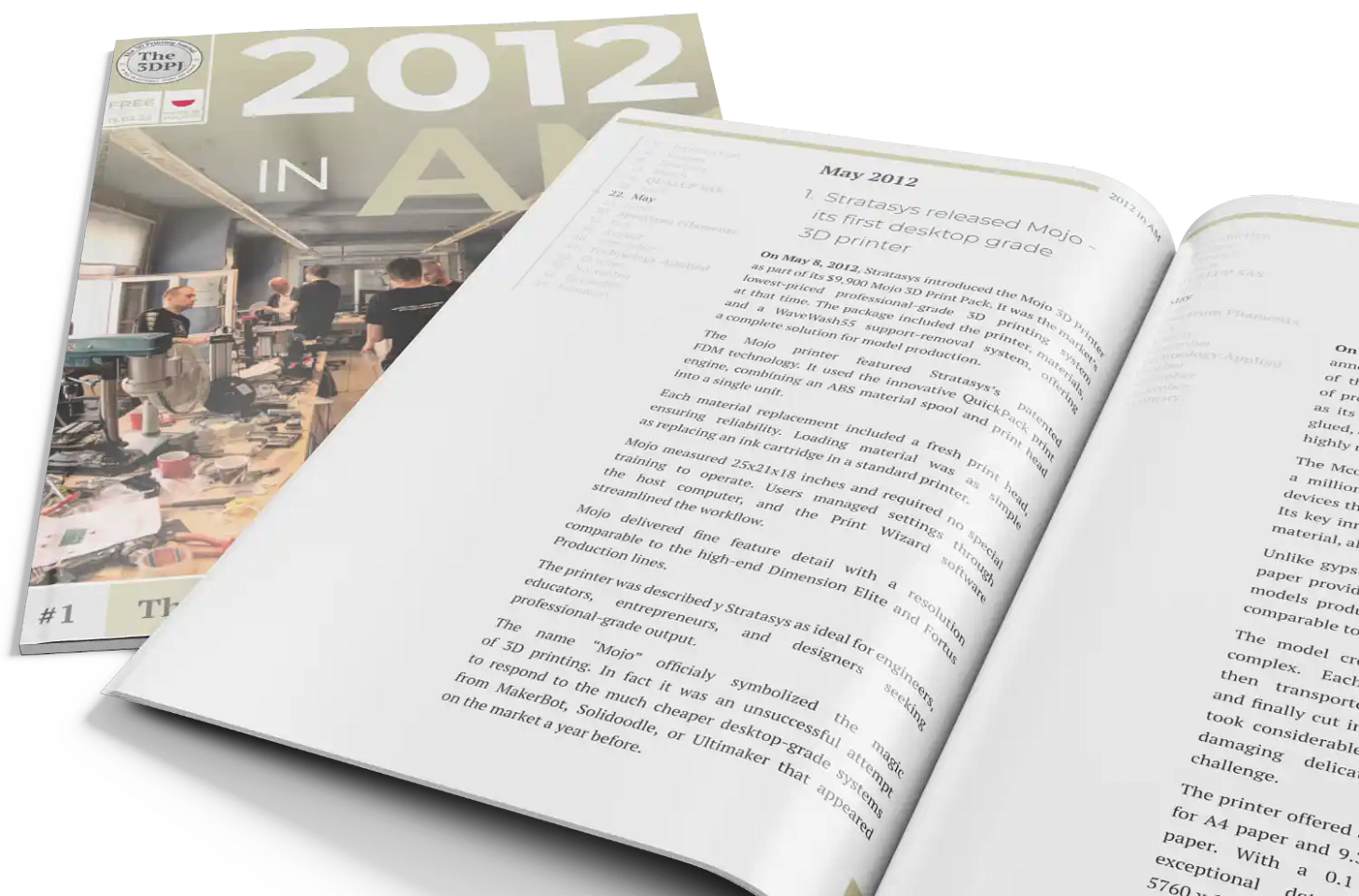03-11-1986: Chuck Hull was granted a patent for stereolithography
However, it was soon challenged and had to be defended in Patent Office!
On March 11, 1986, the U.S. Patent Office granted Charles Hull patent No. US4575330A for stereolithography, the first additive manufacturing technology. Hull had filed the patent application on August 8, 1984, after successfully 3D printing the first-ever part on March 9, 1983. Shortly after receiving the patent, Hull and Raymond Freed co-founded 3D Systems Inc., the world's first company dedicated to manufacturing 3D printers.
Hull's work on stereolithography was not the first or only attempt at developing such technology. Japanese researcher Hideo Kodama, as well as French scientists Alain Herbert, Alain Le Méhauté, Olivier de Witte, and Jean-Claude André, also made significant contributions. The latter trio even secured a patent for their invention in January 1986, preceding Hull. However, the company they worked for, Cilas Alcatel Industrial Laser Company, abandoned the patent and did not pursue further development.
In 1987, 3D Systems launched the first commercial 3D printer, the SLA-1, marking the beginning of the 3D printing industry.
However, soon after, Hull and 3D Systems faced a significant challenge from the chemical giant DuPont. In September 1988, DuPont filed a request with the U.S. Patent Office for a reexamination of Hull’s patent, arguing that his invention was based on prior research, particularly the work of Kodama and other scientists.
Seven months later, in 1989, the Patent Office informed 3D Systems that it was rejecting all claims in Hull's patent. At the same time, DuPont announced the launch of its own 3D printing technology, the Somos 1000 Solid Imaging System, which closely resembled the stereolithography process developed by 3D Systems.
However, by the end of 1989, the Patent Office ultimately reversed its decision after 3D Systems presented strong evidence supporting Hull’s patent claims. Nonetheless, the office required modifications to the patent language, narrowing its scope of protection. This significantly weakened DuPont's enthusiasm for the market, leading the company to gradually withdraw from the segment and eventually sell the Somos brand to DSM in 1999.
Hull, on the other hand, continued to grow 3D Systems into one of the largest and most influential companies in the history of additive manufacturing.
Source: patents.google.com




